Top 10 strangest and weird things on earth
1. The Nasca Lines, Peru
The animal figures and geometric shapes etched by the ancient Nasca into Peru’s barren Pampa de San José are one of South America’s great mysteries. Visible only from the air or from a metal viewing tower beside the highway, some of the unexplained shapes are up to 200m in length and each one is executed in a single continuous line.
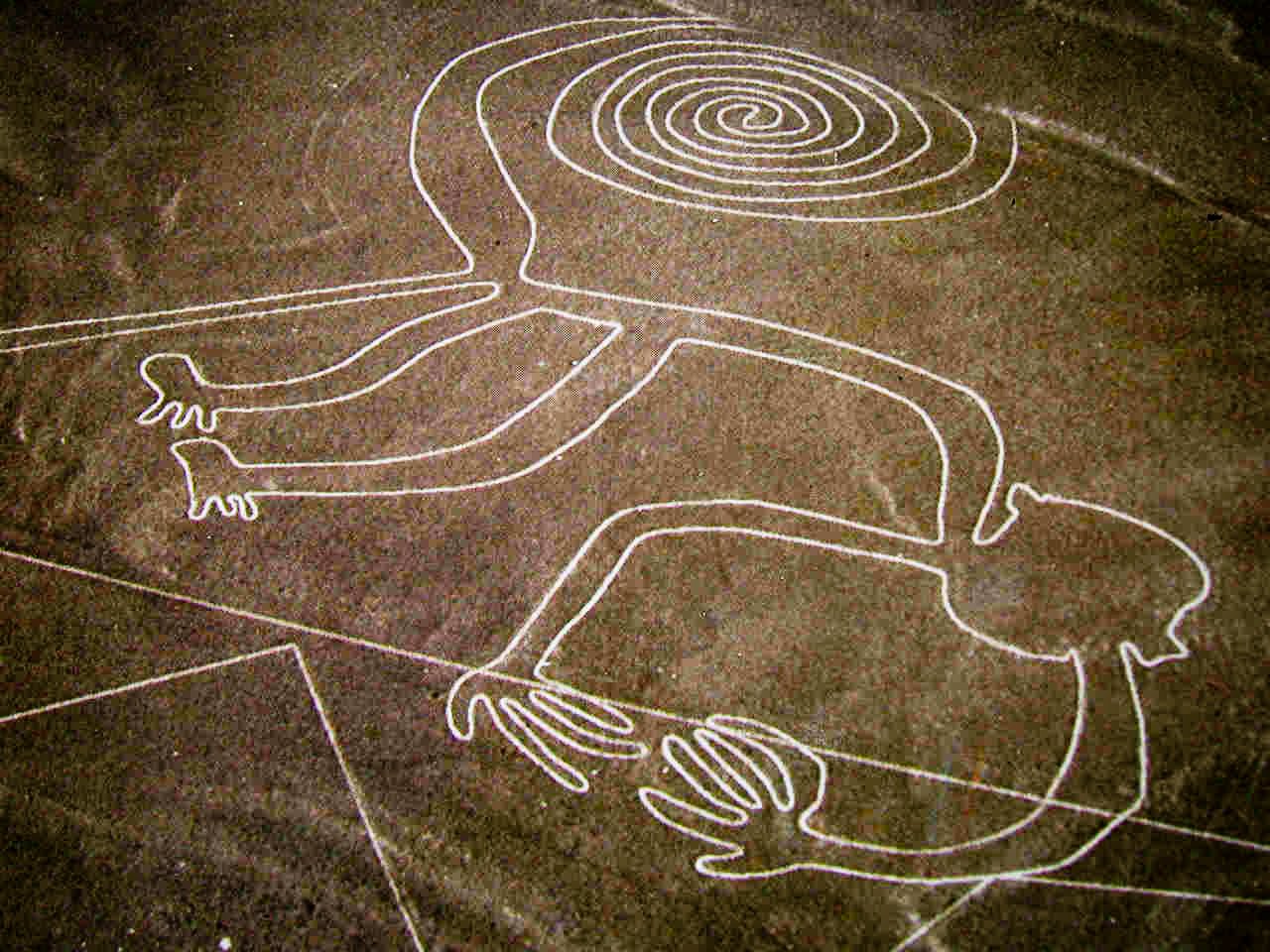.jpg)
2. Mt. Kelimutu, Indonesia
The result of a volcanic eruption, this wonder is home to three separate lakes, all of different colors – black, blue, and turquoise.
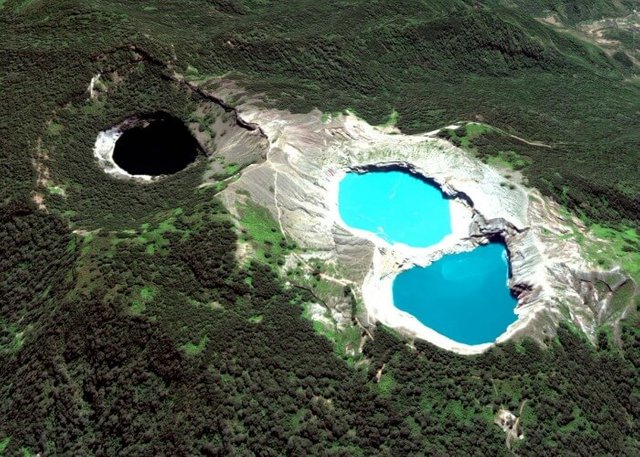
3. Socotra Island, Yemen
Separated from mainland Africa more than six million years ago, this remote island looks like the set of a sci-fi film. Socotra’s incredible and unique biodiversity means that there are plants and trees here not found anywhere else in the world – particularly bizarre are the ancient and twisted dragon’s blood tree and the bulbous bottle tree.
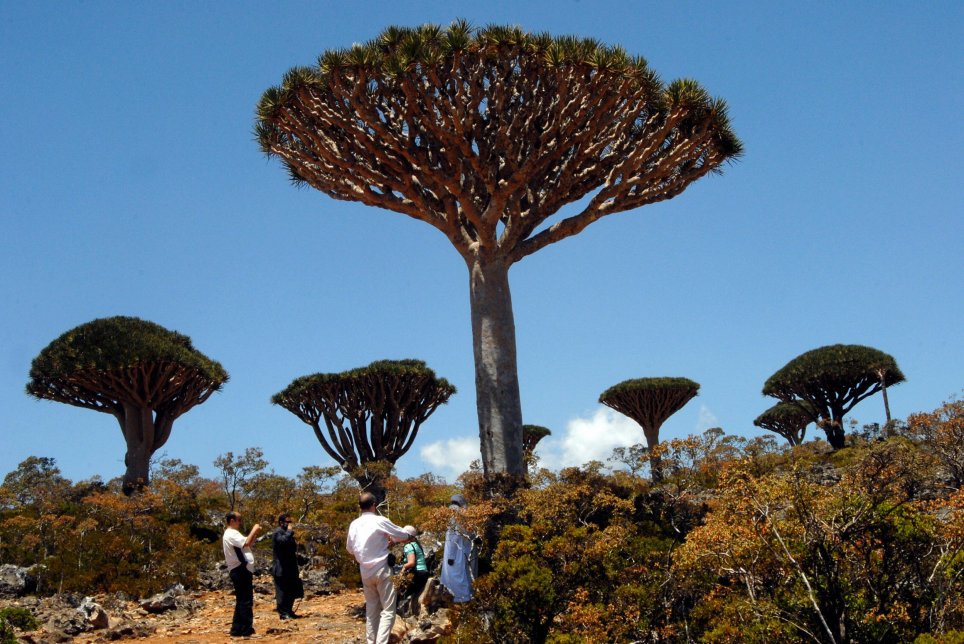
4. Underwater crop circles, Japan
These sand sculptures were discovered on the sea floor off Japan in 1995. Their symmetry, beauty and mysterious nature calls to mind crop circles and, for more than a decade, no one knew what caused them.
(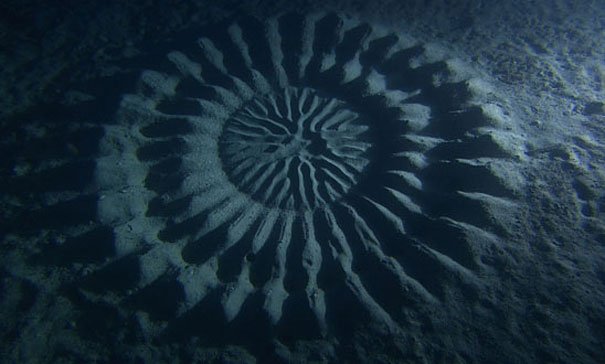 )
)
5. Adam's Peak, Sri-Lanka
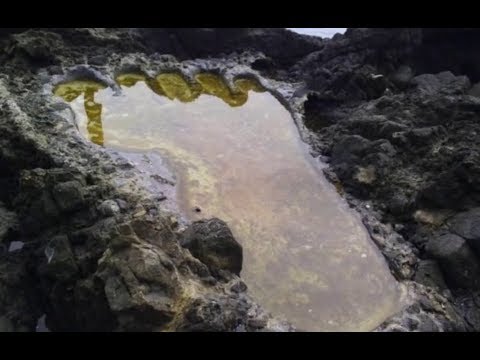.jpg)
6. Stonehenge,England
Archaeologists believe it was constructed from 3000 BC to 2000 BC. The surrounding circular earth bank and ditch, which constitute the earliest phase of the monument, have been dated to about 3100 BC. Radiocarbon dating suggests that the first bluestones were raised between 2400 and 2200 BC, although they may have been at the site as early as 3000 BC.
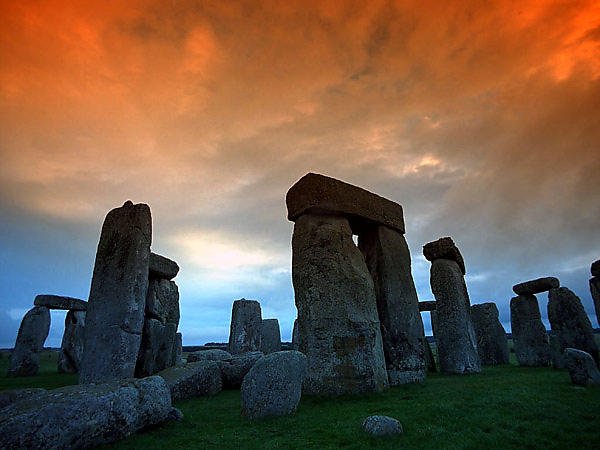
7. The Hand in the Desert, Chile
Chilean sculptor Mario Irarrázabal is responsible for this very weird work of art rising out of the sand in the middle of Chile’s Atacama desert, 46 miles south of the city of Antofagasta. Irarrázabal is known for his works associated with human suffering and this huge unnerving sculpture captures a feeling of loneliness, exacerbated by its desolate and secluded location.
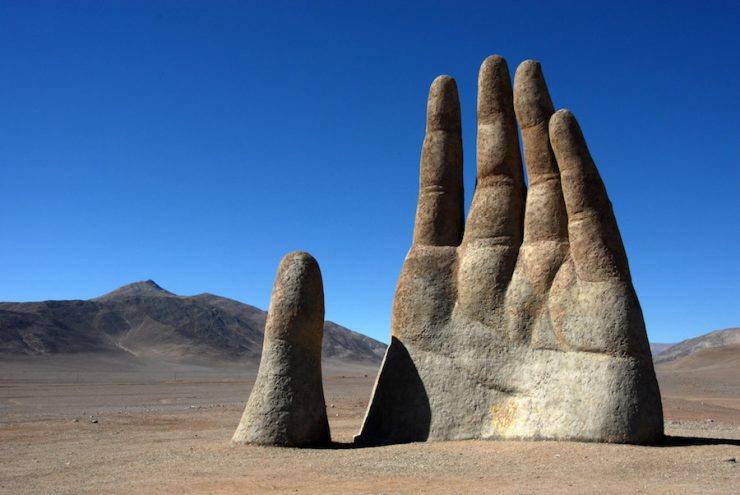
**8. Chocolate Hills of Bohol Island, the Philippines
Bohol’s 1700-odd conical hills dot the middle of the island; they range in height but are so regular in shape that they could be mistaken for being man-made. However, according to UNESCO they are the uplift of coral deposits and a result of rainwater erosion. The hills only earn their ‘chocolate’ nickname in the dry season when the foliage goes from lush green to brown.
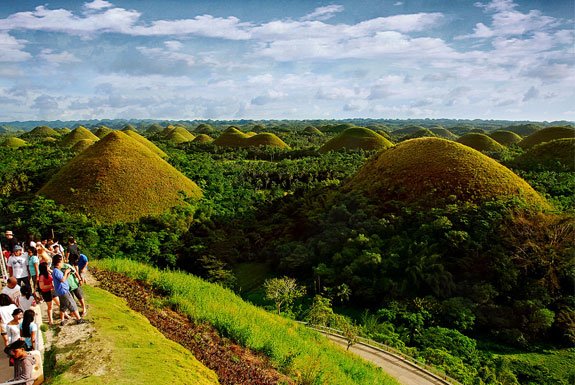
9. Red Beach, Panjin, China
The Sueda is one of the few species of grass that can live in highly alkaline soil. Its growth cycle starts in April when it is coloured light red, while the colour of the mature species is deep red.Panjin Shuangtaizi River mouth state-level nature protection area (盘锦双台子河口自然保护区) preserves the most completed ecosystem and the biggest wetland in the world. More than 260 kinds of birds and 399 kinds of wild animals live in it. It was promoted to the state-level nature protection area in 1988 has applied to join the International person and biosphere protectorate network.
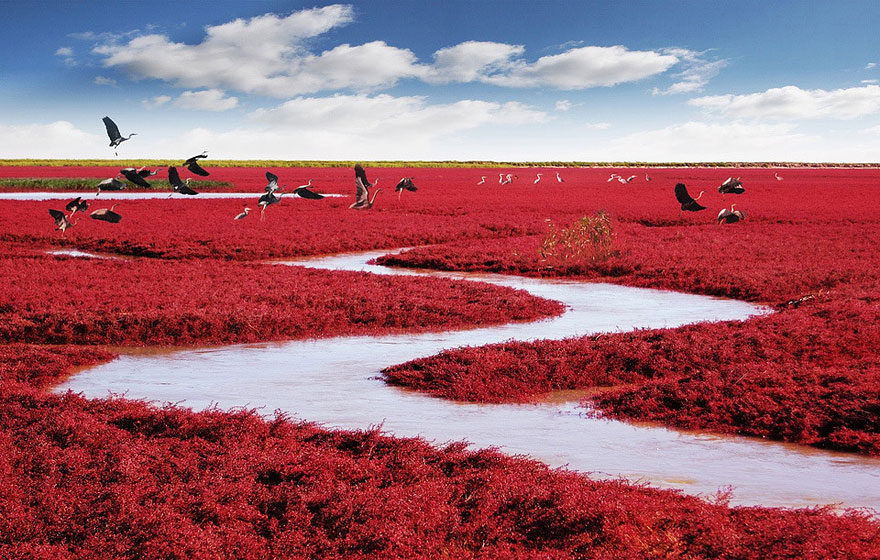
10. Eternal Flame Falls, U.S
The flame is fueled by natural gases and burns bright right under a waterfall.
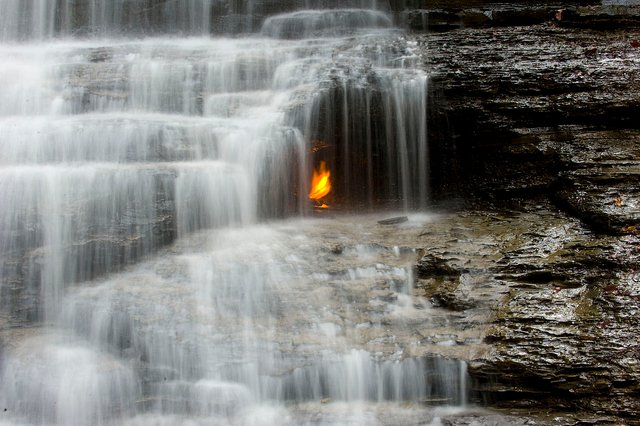
Nice post brother
thanku
This post has received a 0.48 % upvote from @drotto thanks to: @rikhonrasel.